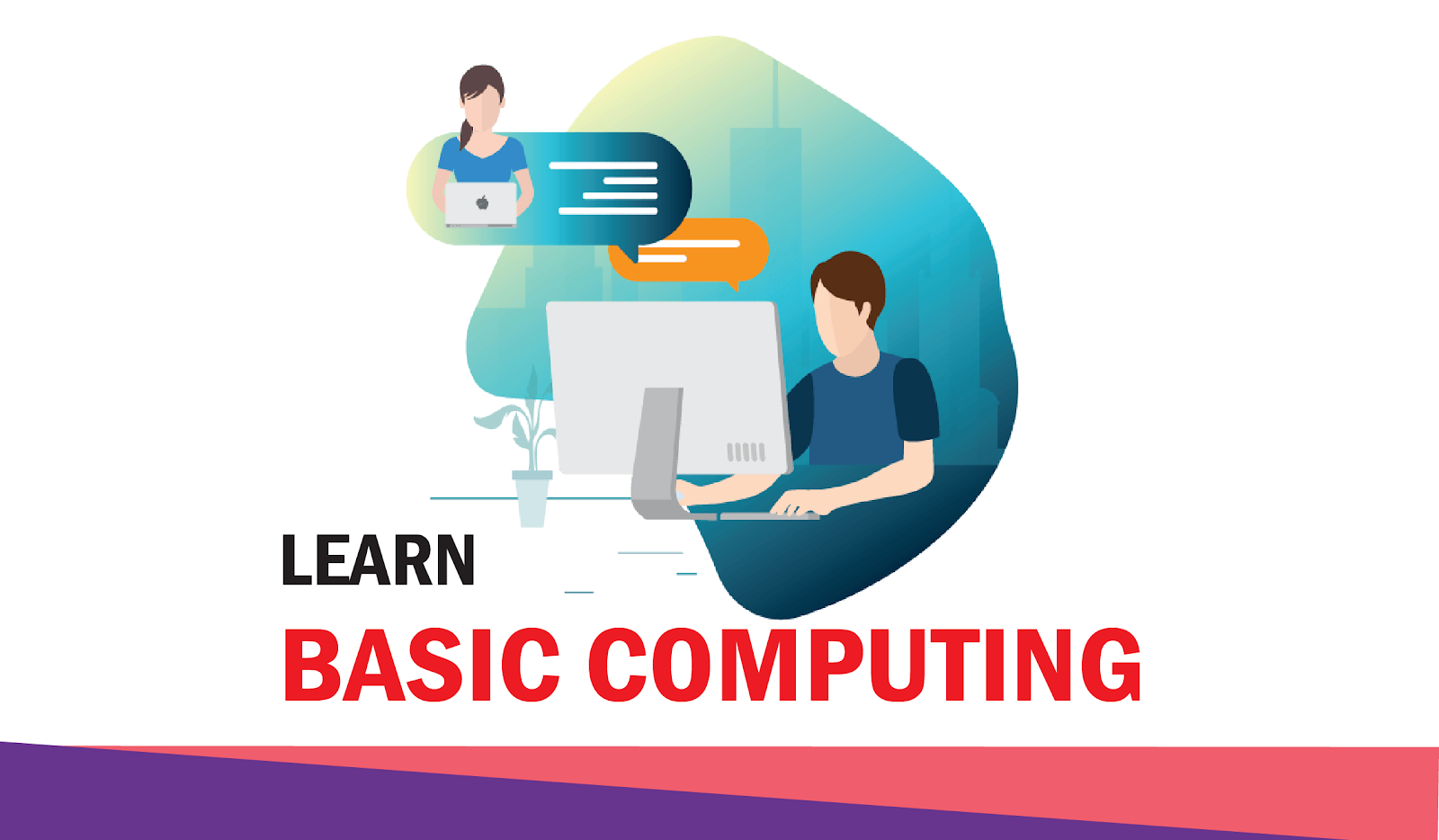Web development is a dynamic and rapidly evolving field that encompasses various technologies and skills. If you're looking to embark on a journey into the world of web development, a structured course can be instrumental in providing you with the necessary knowledge and skills. This guide will explore the key components of a comprehensive web development course.
Front-End Development:
HTML: Understanding the structure of web pages.
CSS: Styling and layout to enhance visual appeal.
JavaScript: Adding interactivity and dynamic features.
Databases (e.g., MySQL, MongoDB): Storing and retrieving data.
Server management: Configuring and deploying web applications.
Integration of front-end and back-end technologies.
Frameworks (e.g., Django, Flask, Express): Streamlining development processes.
Understanding the flow of data between the client and server.
Version Control:
Git: Tracking changes and collaborating with others.
GitHub/GitLab: Hosting and sharing code repositories.
Responsive Design:
Ensuring websites work seamlessly across various devices.
Mobile-first development principles.
Web Development Tools:
Text editors (e.g., VS Code, Sublime Text).
Browser Developer Tools for debugging.
APIs (Application Programming Interfaces):
Consuming and building APIs for data exchange.
RESTful and GraphQL concepts.
Security
Common web vulnerabilities (e.g., Cross-Site Scripting, SQL injection).Best practices for securing web applications.
Collaboration and Teamwork:
Working in a collaborative environment using tools like Slack, Trello, or Jira.
Understanding version control branching for team projects.
Deployment and Hosting:
Deploying web applications on platforms like Heroku, AWS, or Netlify.
Configuring domain names and managing hosting environments.
Testing:
Writing and executing unit tests and integration tests.
Implementing test-driven development (TDD) principles.
Continuous Integration/Continuous Deployment (CI/CD):
Setting up automated build and deployment pipelines.
Ensuring a streamlined and efficient development workflow.
Conclusion: Embarking on a web development course offers a structured path to acquire the skills needed in this ever-evolving field. Whether you choose a traditional classroom setting or opt for online platforms, the journey through front-end, back-end, and full-stack development, coupled with essential tools and best practices, will prepare you for a successful career in web development.








No comments:
Post a Comment